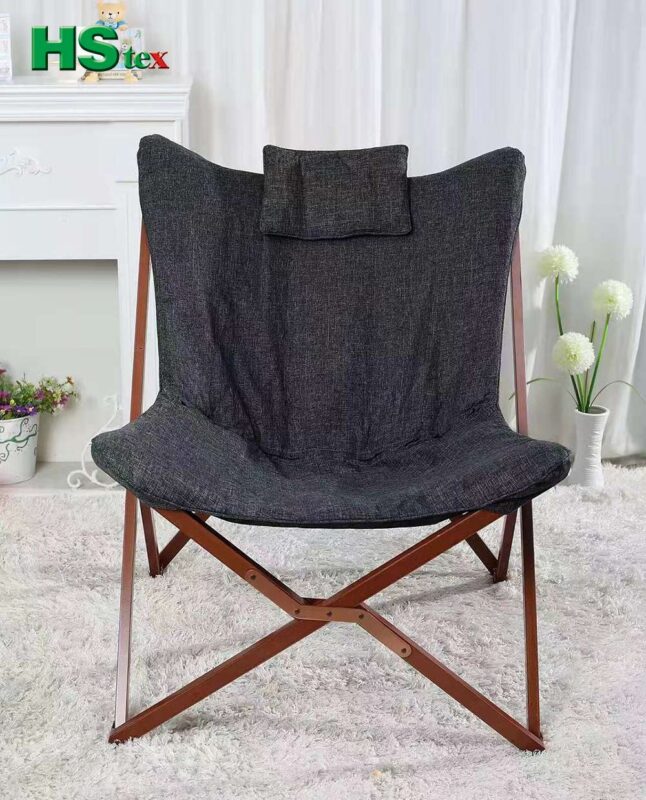Today's flooring market provides us with a lot of options. Solid hardwood flooring is a great choice if you want to add value and aesthetics to your property. But before taking any step, it is vital to collect basic information that will help in the process. Hardwood flooring has been widely used in residential and commercial buildings, but waterproofing is always a difficult problem to solve. So, is there a kind of floor that not only has good waterproof performance but also can take into account the natural and aesthetic feelings that traditional hardwood floors bring us? Then, we should get to know the waterproof hardwood floor, let us have a deeper understanding and more details.
What is waterproof hardwood flooring?
If we look at the outer look, then waterproof hardwood flooring looks precisely the same as solid hardwood floorings. But the extra features and qualities create the real difference. In simple words, the added layer is the main reason that makes the difference. The companies use some specific techniques and technologies to give a high-quality look. Apart from this, the added layer adds durability. But the method of producing varies according to the manufacturer. Generally, most manufacturers use these steps to create waterproof flooring.
- Step 01: Take a composite material made up of stones or ultra-hard polymers.
- Step 02: Use a layer of real wood on top of composite material
- Step 03: Attach waterproof sealants and pads for an extra soft feel under the feet
However, these steps could be different and depend on the manufacturer. If you take services from a professional, you can’t tell the difference between such an engineered floor and a traditional floor. Moreover, the following areas are preferred to use waterproof flooring options.
| Bathrooms | Kitchen | Entry spaces |
| Mudrooms | Basement |
So, if you don’t want to replace your floor more often, go with the engineered waterproof flooring. After installing, you only require basic cleaning and polishing to keep the place in perfect condition.
What are the reasons to use waterproof hardwood flooring?
There are plenty of reasons due to which you should go behind the waterproof flooring options.
- The waterproof flooring options can work excellently in wet locations.
- Apart from this, the waterproof floor will not swell if it gets wet.
- Above all, the waterproof floors are easy to clean. For instance, you can remove the debris by using a swifter mop, micro mop, broom, or vacuum.
- It is worth mentioning that a waterproof floor doesn’t change colors or swell like solid wood. So, due to this feature, it is becoming the best choice for commercial and residential use.
Pros & cons of waterproof flooring options:
Despite the above reasons, plenty of other pros will instigate you to give the waterproof hardwood flooring a chance. So, here is the list that will make the decision easier.
| Pros | Cons |
| It helps to reduce the cost that incurs to repair water damages | It doesn’t work fine if water is there for more than 48 hours |
| Best to maintain the aesthetics of the space | |
| You don’t need to replace it again & again. | |
| Easy to install. |
What are the different available waterproof flooring options?
Earlier, we have discussed everything about engineered waterproof flooring and know the basic concept. But before using this option, do your homework to learn about available opportunities. Generally, floorings are made up of two types of material:
The above illustration is showing that inorganic material like synthetic plastic is better than Organic one. Organic material refers to material like solid/traditional hardwood, or bamboo and all of these are plant-based. Thus, the organic material often quickly gets exposed to the water. But all the organic materials are not harmful, and different manufacturers are using these to make waterproof flooring. Here is the list of all those materials that could use in the flooring.
| Good flooring options | Acceptable options | Poor choices |
| Porcelain tile | Engineered hardwood flooring | Solid hardwood |
| Ceramic tile | Laminate flooring | Solid hardwood (pre-finished) |
| Sheet Vinyl | Linoleum sheets | Carpeting |
| Luxurious Vinyl flooring | Bamboo hardwood flooring | |
| Vinyl Tile |
The names in “Good list” make a great choice, but engineered hardwood flooring makes a great choice if you want to add aesthetics. Apart from this, it’s vital to mention that laminate floors are cheaper to install and buy.
Are you ready to clean up the water mess? Seek professional advice:
Engineered hardwood flooring indeed makes the floor appealing and stylish. But it’s not as simple as it is looking. Yes, seeking professional advice and choosing a good quality waterproof hardwood flooring are two crucial things. So, in this regard, “EONSTAR” is a trustworthy and most reputable waterproof hardwood floor dealer in the market. The quality of the company’s products is unmatchable with these features:
| Brand name | EONSTAR |
| Primary motto | Meet the needs of a multidimensional lifestyle with quality |
| Main serving markets | USA, Germany, Japan, Malaysia, and Turkey |
| Deals in | SPC flooring, fireproof wood floor, PVC, and wood veneer SPC floor |
| Highlighted qualities | Reliable service with Customization |
You can contact the company anytime to place the order, even with Customization. EONSTAR uses 100% authentic products and one of the leaders in producing waterproof hardwood flooring. So, even if you want to place an order in bulk, get in touch with them. Before making a decision, prepare a list of available brands, their products, and prices. But always go with the one that offers quality and is reputable in the market.











